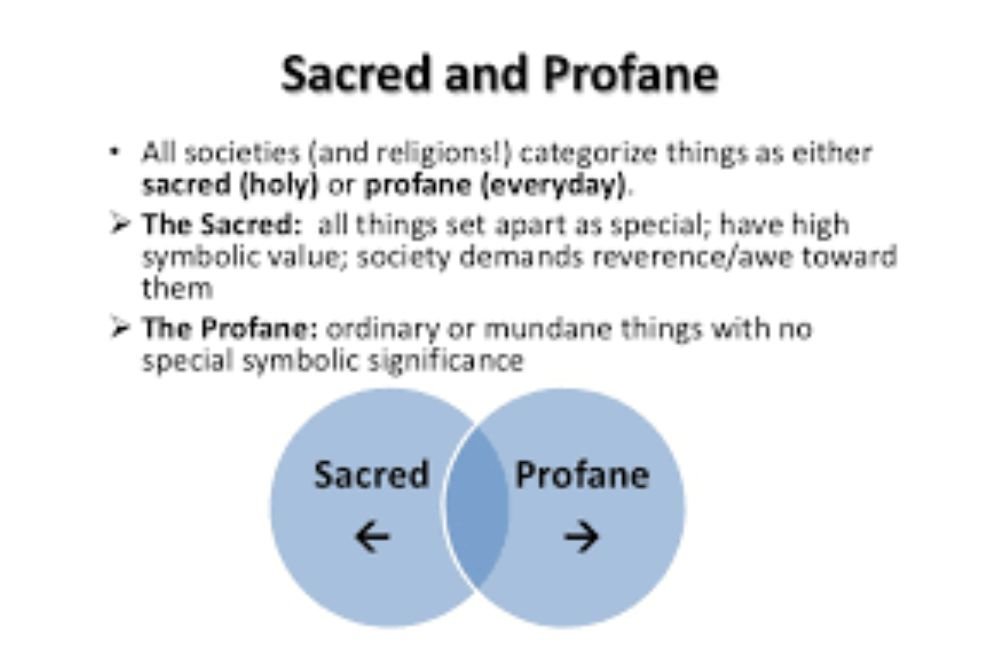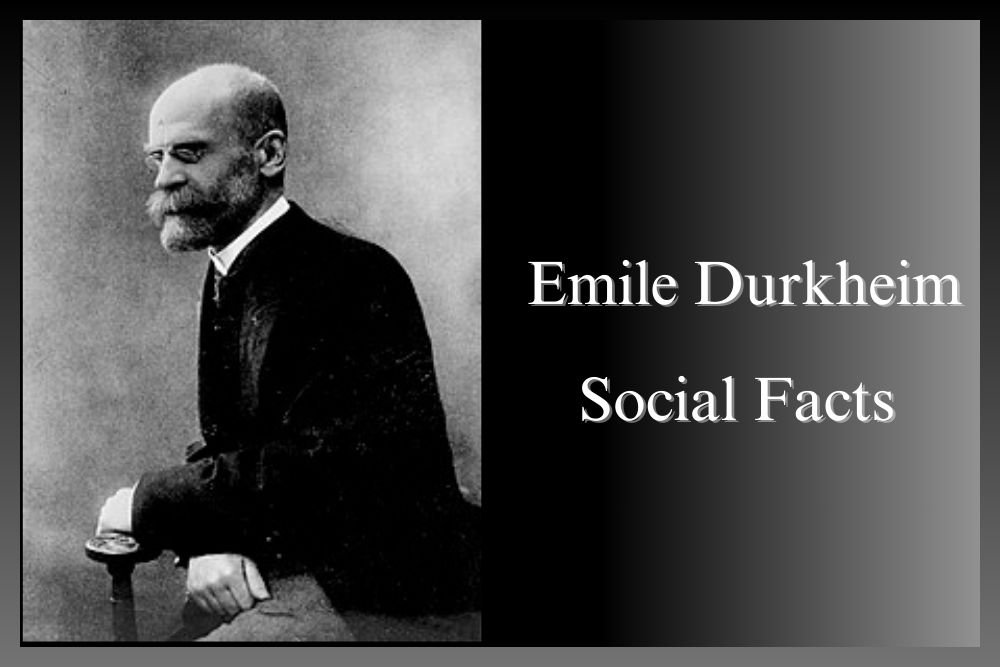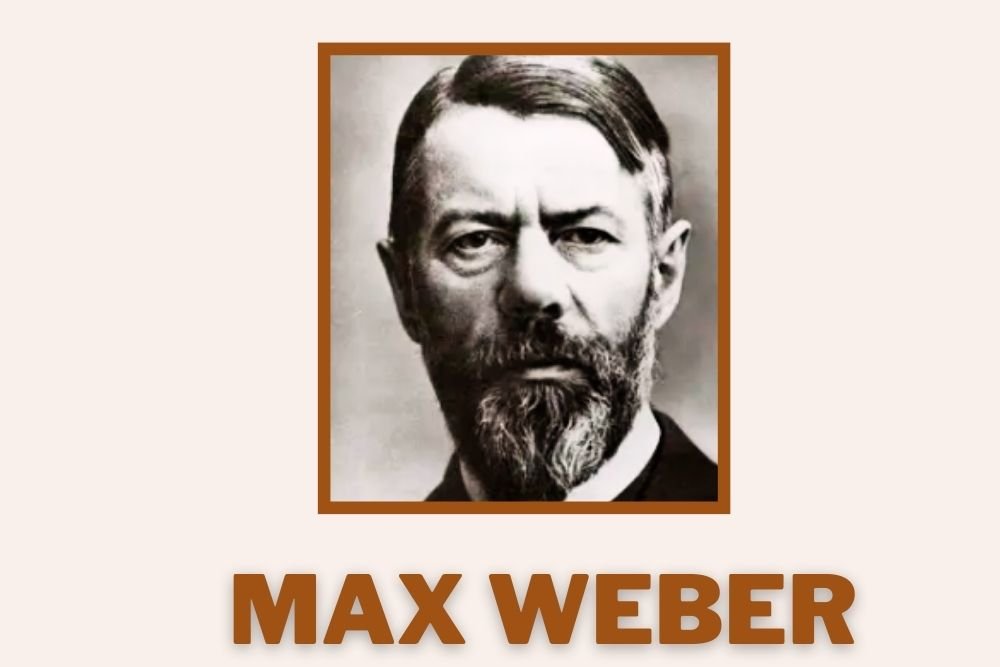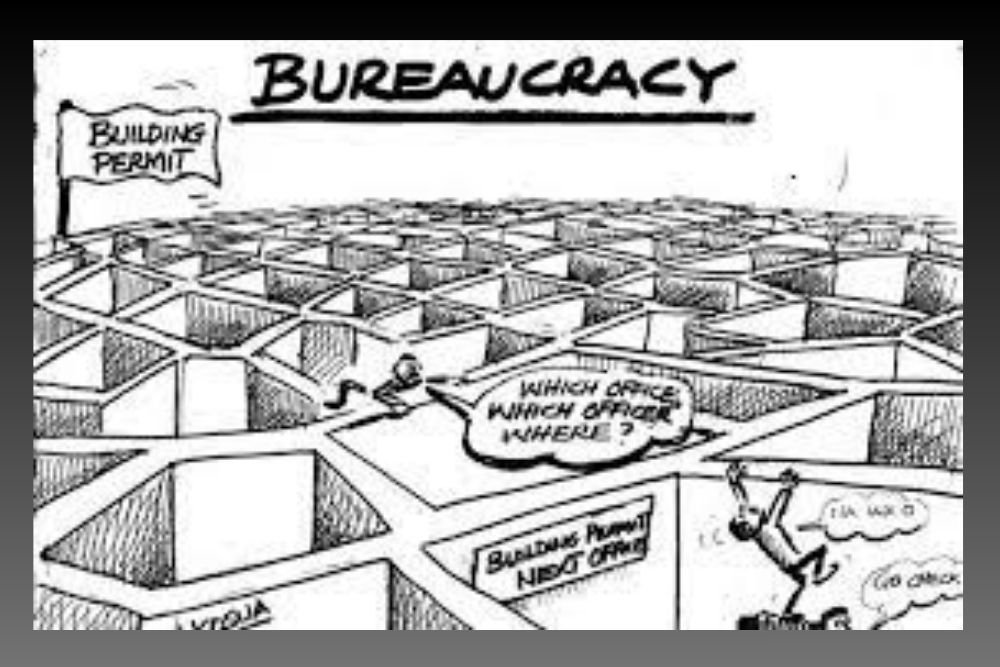
The division of labor (DOL), a cornerstone in sociological thought, unfolds as a complex and multifaceted concept, offering profound insights into the intricate workings of human societies. As we delve deeper into its functions, we unearth a rich tapestry woven with threads of social cohesion, economic efficiencies, and the emergence of pivotal social institutions, as illuminated by prominent sociologist Émile Durkheim in his seminal work, "The Division of Labor in Society."
One of the fundamental functions of the division of labor lies in its pivotal role in fostering social cohesion. Building upon Durkheim's conceptualization, societies characterized by a robust division of labor are posited to experience a unique form of solidarity known as organic solidarity. In these complex social structures, individuals become intricately interdependent, relying on the specialized skills and contributions of others to meet diverse needs. This interdependence acts as a cohesive force, intricately weaving the social fabric and fostering a profound sense of unity amidst the diversity of roles.
As we venture further into the economic realm, the division of labor reveals itself as a crucial factor propelling economic efficiency. Specialization, a hallmark of the division of labor, equips individuals with heightened skills and proficiency in their designated areas. This specialized expertise translates into heightened productivity and the capacity to generate a greater abundance of goods and services. The resulting economic efficiency is not merely an incidental outcome but stands as a cornerstone in the evolution of complex, industrial societies, propelling advancements in technology, production methods, and overall economic development.
Moreover, the division of labor plays a pivotal role in shaping social integration within societies. Durkheim's seminal work outlines a dynamic shift from mechanical solidarity to organic solidarity as societies progress and the division of labor deepens. In simpler, pre-industrial societies characterized by mechanical solidarity, individuals share similar tasks, fostering a sense of likeness and collective consciousness. Conversely, in complex, industrial societies, organic solidarity emerges as individuals embrace specialized roles, contributing to a more diverse yet interconnected social structure.
Unraveling the functions of the division of labor requires a meticulous examination of its profound influence on the development of social institutions. These institutions, spanning education, law, religion, and more, are intricately interwoven with the division of labor within a society. As roles become more specialized, institutions evolve to regulate and facilitate these roles, thereby contributing to the overall stability and functioning of the society. An in-depth understanding of this intricate relationship is imperative for comprehending the organizational principles that underpin societies and shape their cultural and structural landscapes.
To enrich our understanding, a closer examination of classic sociological texts becomes imperative. Émile Durkheim's "The Division of Labor in Society" remains a beacon, providing nuanced insights into the interplay between social cohesion, economic efficiency, and the evolutionary trajectory of societal structures. Expanding the discourse, the works of other luminaries such as Max Weber and Karl Marx offer complementary perspectives.
Weber's "The Protestant Ethic and the Spirit of Capitalism" delves into the intricate connections between religious values, economic systems, and the division of labor. Marx's seminal work, "Capital," scrutinizes the implications of the division of labor on class structures, dissecting the distribution of power and resources in society.
In conclusion, the functions of the division of labor unfold as a multidimensional and indispensable phenomenon intricately woven into the fabric of societal evolution. From fostering social cohesion and driving economic efficiency to shaping social integration and influencing the development of social institutions, the division of labor stands as a pivotal and transformative concept in sociological analysis. Scholars like Durkheim, Weber, and Marx offer invaluable insights, enriching our comprehension of this foundational sociological construct and its far-reaching implications for the complexities of human societies.










































































